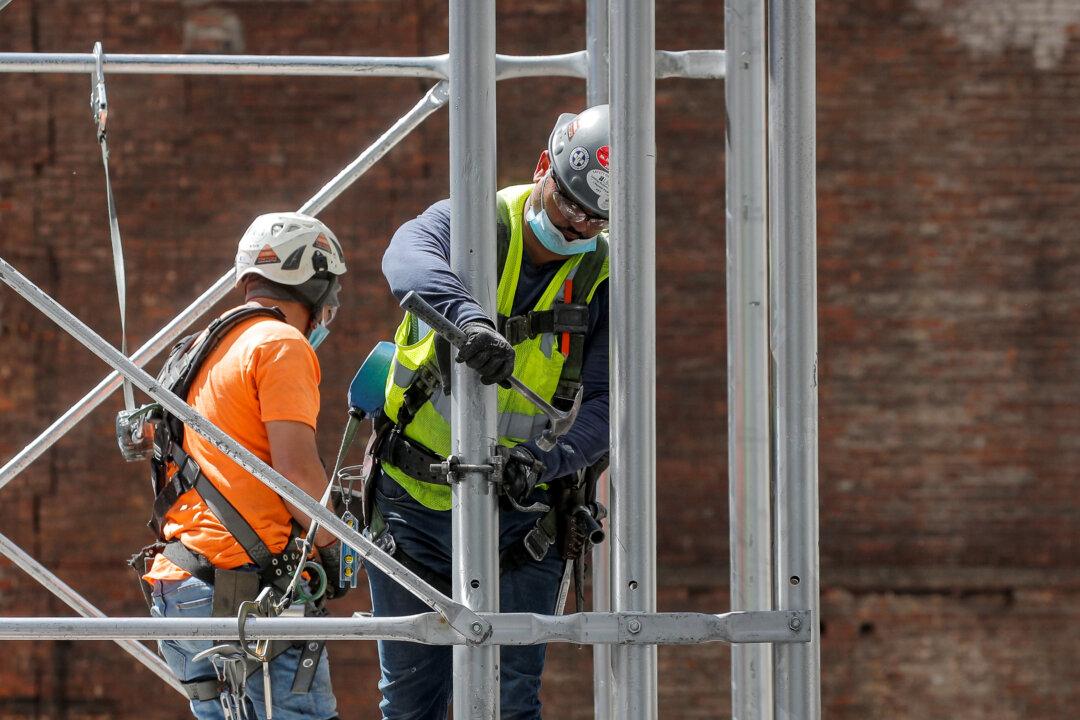Commentary
The number of unemployed persons in the United States fell by 1 million last month, a pace that would put the nation back to pre-pandemic numbers in about six months.

The number of unemployed persons in the United States fell by 1 million last month, a pace that would put the nation back to pre-pandemic numbers in about six months.